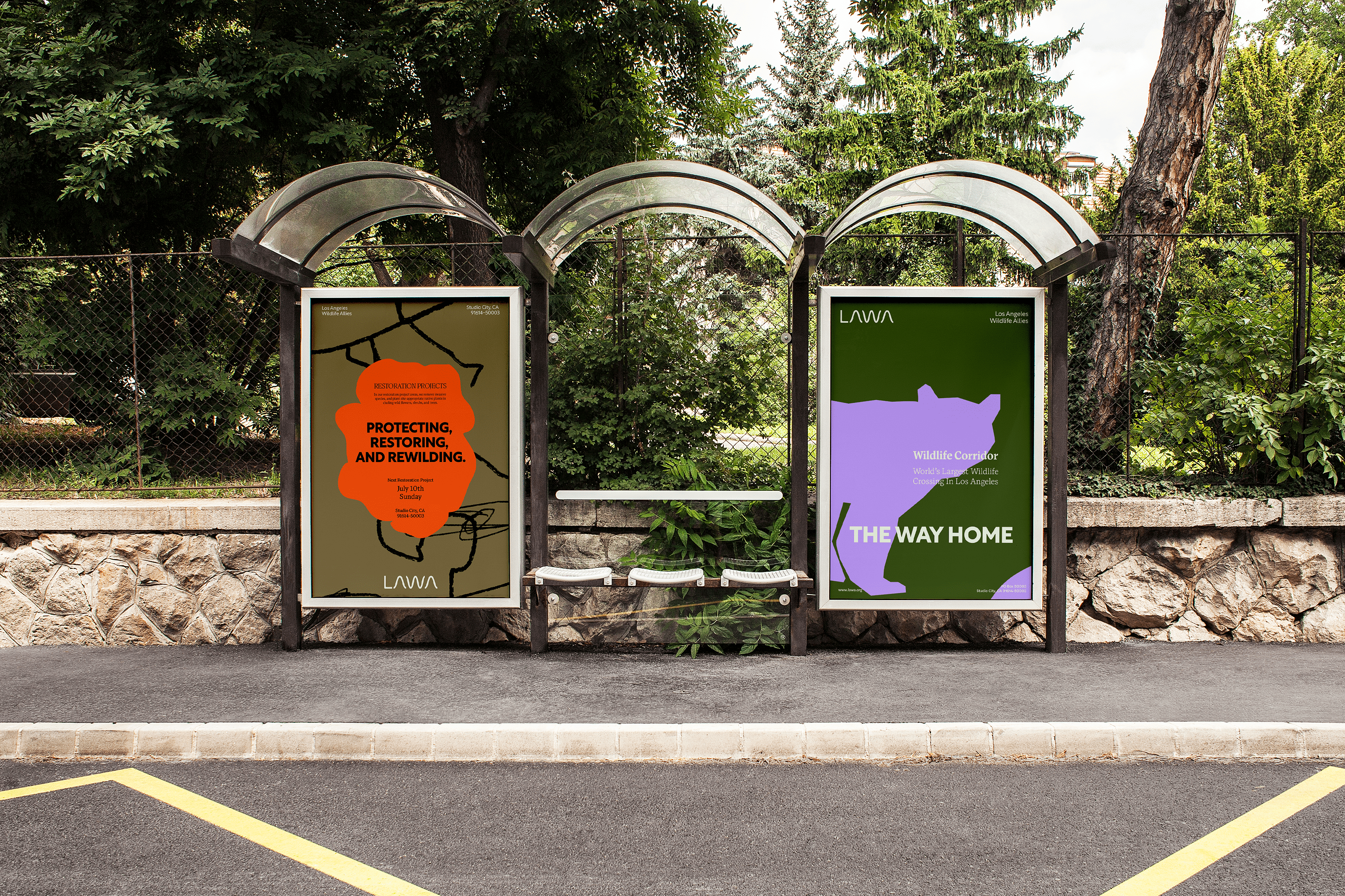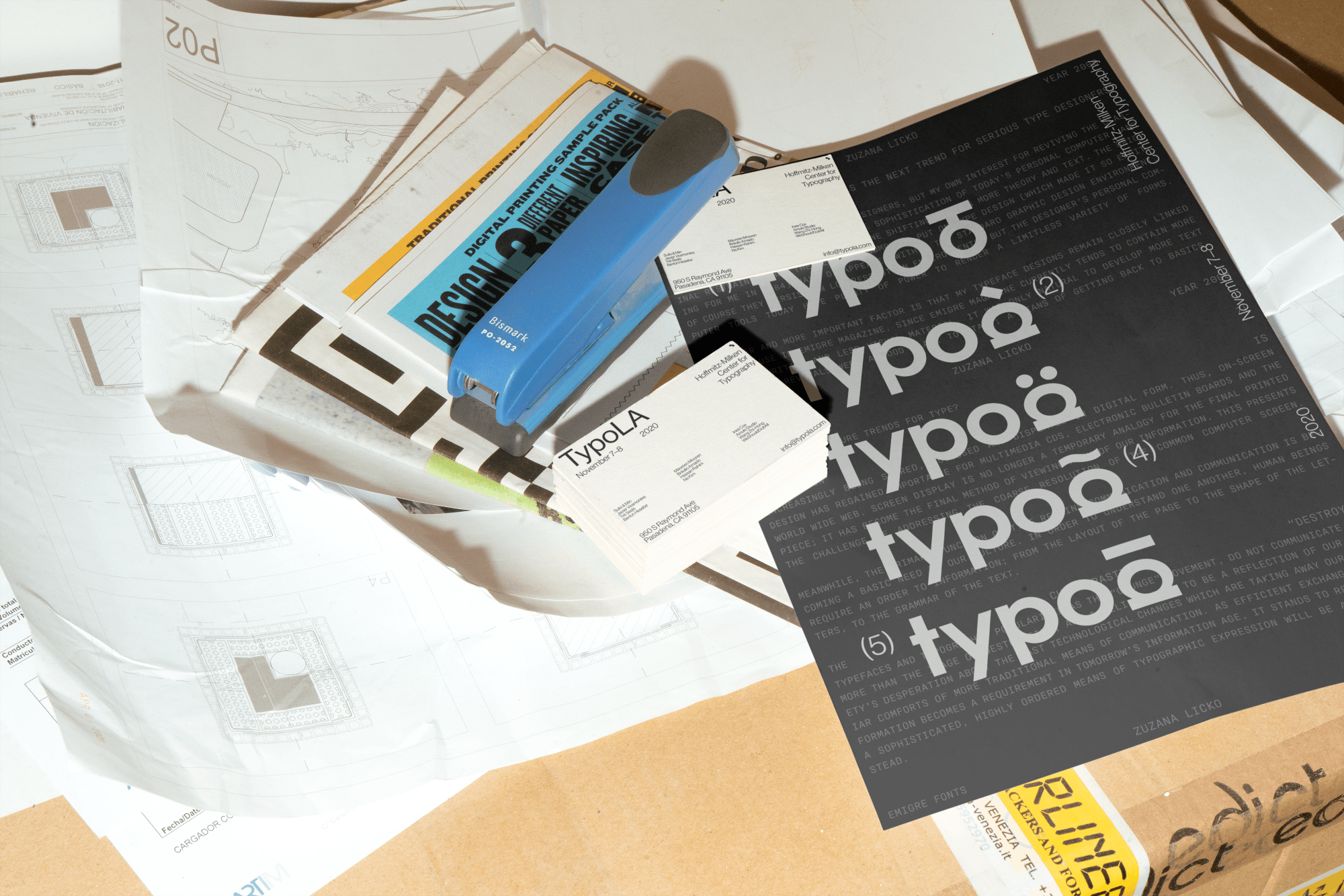Meet Chang Gao | Visual Designer


We had the good fortune of connecting with Chang Gao and we’ve shared our conversation below.
Hi Chang, what led you to pursuing a creative path professionally?
Creativity chose me early—I just didn’t know it yet. As a child, I’d sketch on the backs of homework notebooks, filling margins with cartoon characters and imaginary worlds. *Tom & Jerry* reruns weren’t just entertainment—they were my first motion class when I didn’t even realize it. Growing up with a hearing disability, visuals became my anchor: a way to communicate when sound faltered, to decode emotions when words felt distant.
But it wasn’t just about filling silence. My years in film production taught me the power of *story*, yet I longed for the precision of visual systems—the kind that could distill complex ideas into a typeface or a color’s whisper. Design became my universal syntax, a language where bold symbolism and minimalist restraint could coexist.
Ultimately, I pursued this path because creativity is empathy in action. Whether documenting ancient bridge repairers or crafting brand identities, I’m driven by the same question: *How do we make the invisible seen?* Design, for me, is about giving shape to resilience, to joy, to the quiet courage of ordinary lives. It’s not just a career—it’s how I listen, how I belong, and how I believe we can build a world that speaks to everyone, even when words aren’t enough.

Alright, so let’s move onto what keeps you busy professionally?
My story starts with two things: a stack of old matchbox collections and a TV perpetually tuned to Tom & Jerry. As a kid, I’d sketch cartoon characters on the backs of my homework notebooks—tiny, chaotic worlds where Jerry always outsmarted Tom, and Goofy tripped over his own feet. I didn’t realize it then, but those scribbles were my first love letter to visual storytelling.
Fast-forward through a film production degree (yes, I once dreamed of directing the next Pixar tearjerker), a detour into arts management, and finally landing at ArtCenter for my MFA—where I learned that graphic design is basically Tetris for grown-ups: arranging shapes, colors, and words until everything clicks.
A significant thread in my story is my relationship with sound—or the lack of it. Since age two, I’ve navigated the world with no sound, until get a hearing aid at age 4 and a cochlear implant at age 26. Design has now became my way of “listening.” Typography’s rhythm, color’s cadence, and negative space’s silence all speak vividly to me. This duality sharpens my focus: I see tension in asymmetry and harmony in contrasts, much like composing a visual symphony where every element has its pitch.
My path is not always smooth. It has been more of a winding trail with switchbacks. Growing up with a hearing disability meant I often felt like I was translating the world in real time (like news captions are often delayed). In design meetings or on film sets, I’d focus intensely on lip-reading, visual cues and assistance of captions, which could be exhausting. There were moments I doubted whether I belonged in collaborative, fast-paced fields where communication is everything. But those challenges taught me to communicate proactively—to ask questions, clarify intent, and lean into visual tools like sketches and moodboards to bridge gaps.
Transitioning from film production to graphic design was less a detour and more a return to roots. While I loved storytelling through film, I craved the precision of visual systems—the kind of structured creativity that reignited my childhood love for sketching. Moving from Beijing to Washington to Pasadena added layers of cultural adaptation, but it also reminded me that design, at its core, is a universal language. Rediscovering that joy in grids, typography, motion and color felt like coming home.
My design aims to bridge the gap between storytelling and systems. It spans brand identity, motion design, and experiential visuals, with a focus on crafting narratives that feel both meticulously structured and deeply human. I specialize in translating complex ideas into cohesive visual languages—whether through typography that dances, color palettes that whisper nostalgia, or motions that pulse with rhythm.
The lessons I carry forward:
– Empathy is the ultimate compass. Design must serve, not shout.
– Walk away, then look again. A coffee break can reveal flaws (or genius) you missed mid-obsession.
– Inspiration is a scavenger hunt. Study Hayao Miyazaki’s lush, emotive worlds or the nostalgic grit of ’90s anime palettes—there’s magic in how color and line shape memory.
Above all, I want the world to know my work is about finding the extraordinary in the ordinary. From branding to motion, I strive to highlight quiet resilience and create connections between the seen and unseen. My work isn’t just about aesthetics—it’s a pledge to design that feels, that invites, and that whispers, “Look closer.”

If you had a friend visiting you, what are some of the local spots you’d want to take them around to?
If my best friend landed in LA, we’d dive into the city’s kaleidoscope of grit and glamour—no star maps required. Here’s the plan:
Day 1: Lunch at Bao Dim Sum House (Highland Park), followed by art immersion at Hauser & Wirth (Arts District). Cap the day with golden-hour views at Griffith Observatory.
Day 2: Breakfast at Republique (buttery croissants!), then spend the afternoon at The Huntington Library (gardens, rare books, art).
Day 3: Matinee at New Beverly Cinema (Tarantino’s retro theater), then hit a taco truck (my secret East LA spot).
Day 4: Culver City day. Browse Arcana: Books on the Arts, then explore indie shops at Platform.
Day 5: Venice Beach bike ride along the boardwalk, ending with dinner at Gjelina (wood-fired magic).
Day 6: Downtown LA. Visit The Broad (Infinity Mirrors!), then lunch at Grand Central Market (eggslut’s sando supremacy).
Day 7: Brunch at Sqirl (ricotta toast forever), then browse Skylight Books (Los Feliz charm).

The Shoutout series is all about recognizing that our success and where we are in life is at least somewhat thanks to the efforts, support, mentorship, love and encouragement of others. So is there someone that you want to dedicate your shoutout to?
My deepest gratitude goes first to ArtCenter College of Design. The mentors there—professors who approached typography with nuance and color theory with precision—taught me to balance technical discipline with creative exploration. They not only refined my skills but also instilled in me the belief that design is both a craft and a conduit for deeper meaning. I’m especially grateful to Professor Paulson, Professor Serrato, Professor Schlaug, Professor Kondrup, and Professor Neal, who not only provided professional guidance but also unwavering emotional support, creating a space where I felt safe to stumble, grow, and finally thrive as a new designer.
To my parents, I owe everything. My mother spent countless hours during my childhood patiently teaching me lip-reading, demonstrating tongue movements and letting me touch her throat to feel the vibrations of speech. My father shouldered every practical aspect of life—cooking meals, driving me to school, and taking me on walks through parks and mountains to ensure I never felt limited by my disability. Their sacrifices were quiet but profound, wrapping my world in love and possibility.
This path was never walked alone. To every collaborator, mentor, and quiet supporter—thank you.
Website: https://changgao.design/
Instagram: https://www.instagram.com/_chang.gao/
Linkedin: https://www.linkedin.com/in/changgaodesign/



Image Credits
First two photos: Lyka Gozon
